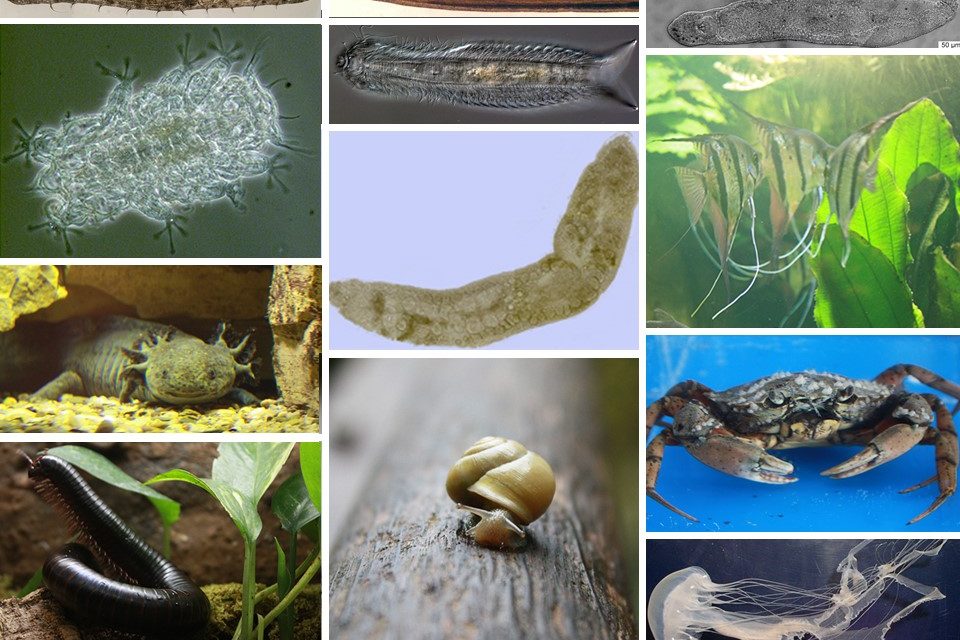Here we will present blogs about our biodiversity projects such as mapping projects of Artsdatabanken. A special emphasis we will put on our field trips.
Category: Biodiversity

Månedens gruppe for juni. Myrfiolene – ei artsgruppe der hybridisering skaper, endrer og fjerner mangfold
Hvorfor er denne gruppa interessant å studere?Myrfiolgruppa (Viola seksjon Plagiostigma, underseksjon Stolonosae; Violaceae) er ei av flere artergrupper i den nordlige tempererte sonen som diversifiserte som respons på global nedkjøling de siste ~5 millioner år. Å studere artene i denne gruppa gir derfor mulighet til å belyse de […]

The marsh violets – a lineage where hybridisation creates, modifies and deletes diversity
Why is this group interesting to study? The marsh violet group (Viola sect. Plagiostigma, subsect. Stolonosae, in part; Violaceae) is one of numerous north-temperate species groups that diversified in response to climate cooling in the last ~5 million years. Thus, studying this group has the potential to elucidate […]

Group of the Month March: Laboulbeniales
Let me introduce you to the Group of the Month for March: A fungus! At this point you are probably thinking to yourself: “Wait a minute, that’s not a fungus. That’s clearly just a beetle…” And for the most part, you’d be right! Let’s zoom in a bit […]

Månedens Gruppe Mars: Laboulbeniales
La meg presentere månedens gruppe for mars: En sopp! Nå tenker du sikkert for deg selv: «Vent, det der er ikke en sopp. Det er helt klart bare en bille…» Og det er i og for seg riktig! La oss zoome litt lengre inn: Tankerekken fortsetter: «Hmm… Det […]

Hva er det neste som skjer med smådyrene?
I forrige uke publiserte vi en artikkel om meiofauna og hvorfor det er viktig å studere dem, og hvilke vitenskapelige spørsmål som bør tas opp i neste omgang. Artikkelen «Fundamental questions in meiofauna research highlight how small but ubiquitous animals can improve our understanding of Nature» ble publisert […]

What’s up next for the small animals?
Last week, we published an paper on meiofauna and why it is important to study them and which scientific questions should be addressed next. The paper “Fundamental questions in meiofauna research highlight how small but ubiquitous animals can improve our understanding of Nature” was published in Communications Biology. […]

Successfully served the European biodiversity genomic community
The Biodiversity Genomics Europe (BGE) Project is a community-driven effort funded by the EU to establish a framework for coordinating DNA barcoding and genome sequencing across Europe. As part of the genome stream of BGE, reference genomes from species from critical European biodiversity are sequenced. An important task […]

Vellykket betjening av det europeiske samfunnet for genomisk biodiversitet
Biodiversity Genomics Europe (BGE) er et fellesskapsdrevet prosjekt finansiert av EU for å etablere et rammeverk for koordinering av DNA-strekkoding og genomsekvensering i hele Europa. Som en del av genomstrømmen i BGE sekvenseres referansegenomer fra arter fra kritisk europeisk biologisk mangfold. En viktig oppgave i dette arbeidet var […]

Group of the Month: Tree ferns – an Australian holiday discovery
A visit to the Adelaide Botanic Garden is certainly high up on the to-do list of a biologist visiting the capital of South Australia. In December 2024, a couple of days before the Australian midsummer, I had the pleasure to visit the Adelaide Botanic Garden and explored the […]

Door 23: Struggles, Setbacks & Solutions
I’m three out of four semesters deep into an MSc, meaning that in a few short months I will be delivering a completed thesis, with detailed results and an in-depth discussion. I’ve had a timeline laid out since the very beginning and am largely on track. That isn’t […]